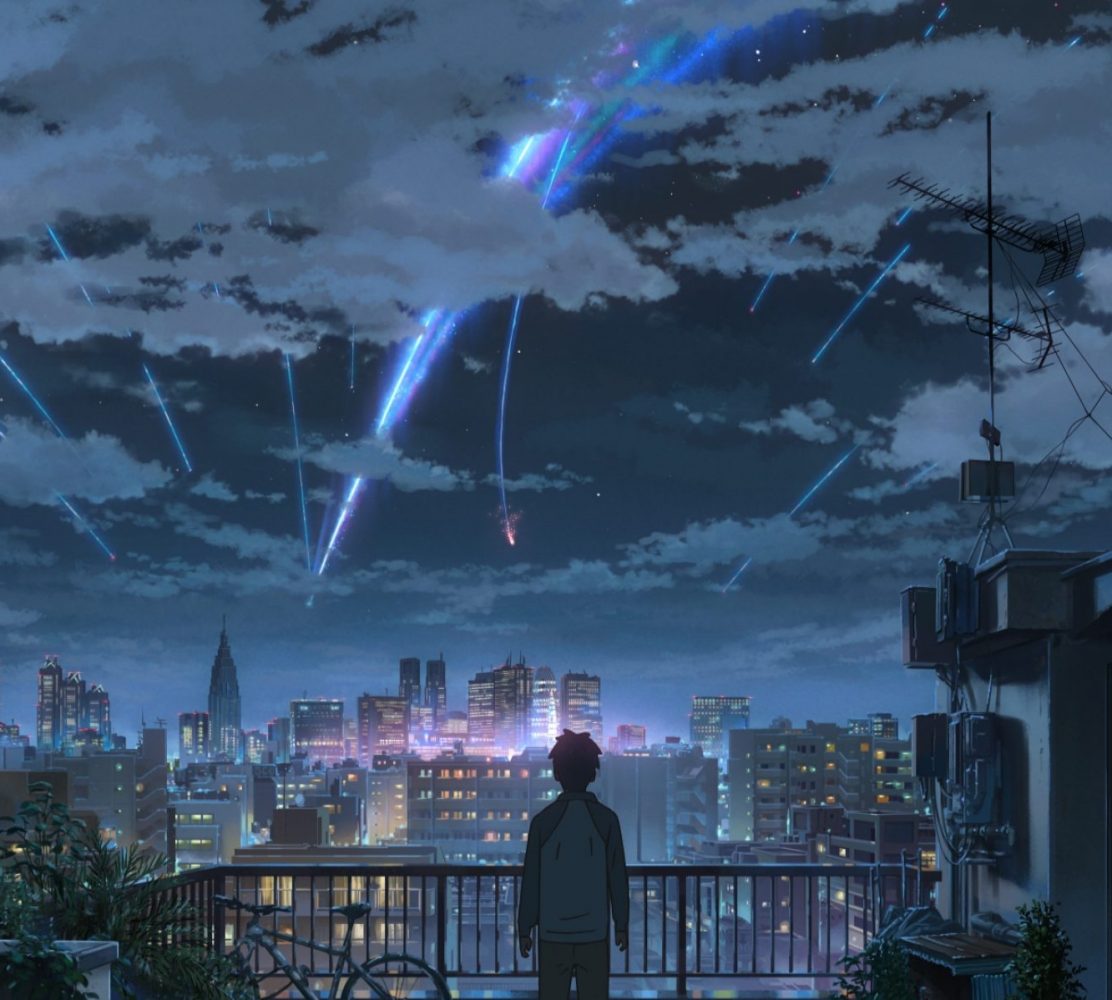Music has always been a great escape from harsh reality for me and I have always said that. As a musician myself, it’s natural for me to turn to music whenever I feel stressed out, sad, depressed, or have other negative emotions. In fact, I also listen to music no matter what I feel. When I’m not listening to any music, I find myself having a soundtrack playing in my mind when I do something. Of course, there are times I don’t have any music playing in my mind but most of the time, my mind is occupied by music or, rather, there is a special spot in my mind where music is on, accompanying my activities.
Besides playing music, one of the musical things I love to do is crafting thematic playlists. You know, like those on Spotify or Apple Music (does AM have thematic playlists? Because I’m not on the platform but I am pretty sure they have ones). Like Memo Paris’s perfumes or Maison Margiela’s “Replica” fragrance collection, my playlists are the translation of moments I have experienced myself or imagined. Most of my playlists are personal, meaning that the scenarios depicted are based on real-life experiences. Some moments have a certain je ne sais quoi that makes them very personal, and this might be a challenge for me as others might have different feelings or opinions about a moment or a situation.
One of the playlists I made (and I am proud of) is called “Skripsian 2000s”. It’s a cross-language, cross-genre playlist and is on Spotify so if you are curious about it, feel free to check it out and add it to your library. Taken from the Indonesian word “skripsi”—meaning “final paper”, the playlist is inspired by popular music in the 2000s played by undergraduate students who are staying up late to work on their final paper or thesis. I was still in primary and junior high school in the 2000s and this might raise the question, “How did I get inspired?”.
My parents are professors at a university and there were times my dad had to basically “live” at his office due to a project and he could really stay there for several days. He had a team and it consisted of not only his fellow professors but also some students. There was a pretty big room where his teammate students “co-lived” and worked. It had a big sofa, armchairs, desks, and computers with internet access. There were also tall bookcases serving as room dividers where behind them were some mattresses for a good night’s sleep or a quick nap. There was a TV I guess but the students never really watched it so it was always off. Back then during a summer break (we don’t have summer breaks here in Indonesia, don’t we?), when I felt bored at home, I would ask my dad if I could come with him to his office so I could browse the internet without having to share the computer with my siblings, and when I was allowed to come, the room that I visited would be the students’ room (or should we say the “co-working” space). I remember one time I really had to stay overnight because, well, my dad still had some work to do with his team and I was told to stay in the co-working space. I was allowed to use one of the computers there so I spent the night revamping my Myspace and Friendster profiles and watching YouTube videos. Some students who were working there played various music from their computers, from alternative and indie to jazz pop and J-pop. A student asked if I wanted some coffee and I said yes. I didn’t recall what time I decided to call it a night but I had a good evening, browsing the internet, learning new things, watching videos, and trying to be a cool guy on Myspace and Friendster. I slept on the sofa, using my jacket as a blanket.
That moment became an inspiration for me to craft “Skripsian 2000s” playlist. Of course, I included some C-pop and K-pop tunes that musically align with the playlist’s theme to give my own personal touch. Most of the tracks are from the 2000s and older but perhaps there are some tracks from the 2010s found on the list. Expect a plethora of Indonesian pop songs as, well, I live in Indonesia. Aerosmith, Radiohead, Saybia, and even Avenged Sevenfold also make their appearance on the list.
Please enjoy the playlist, give it a heart or add it to your library!



